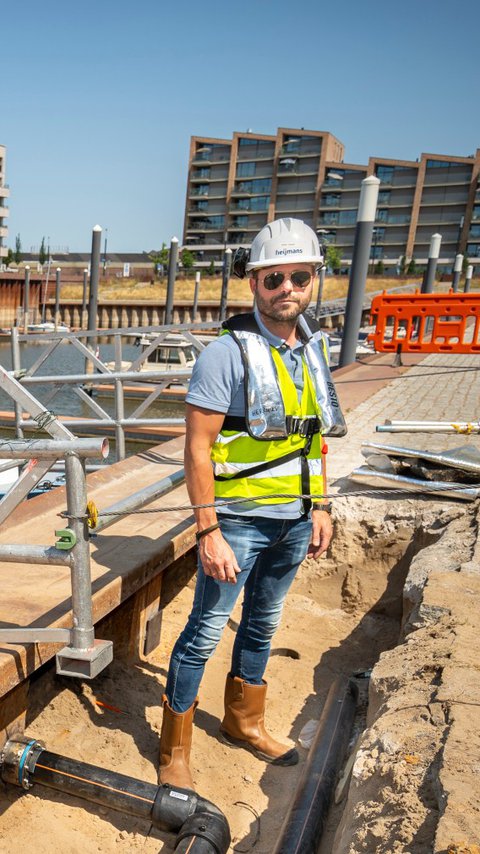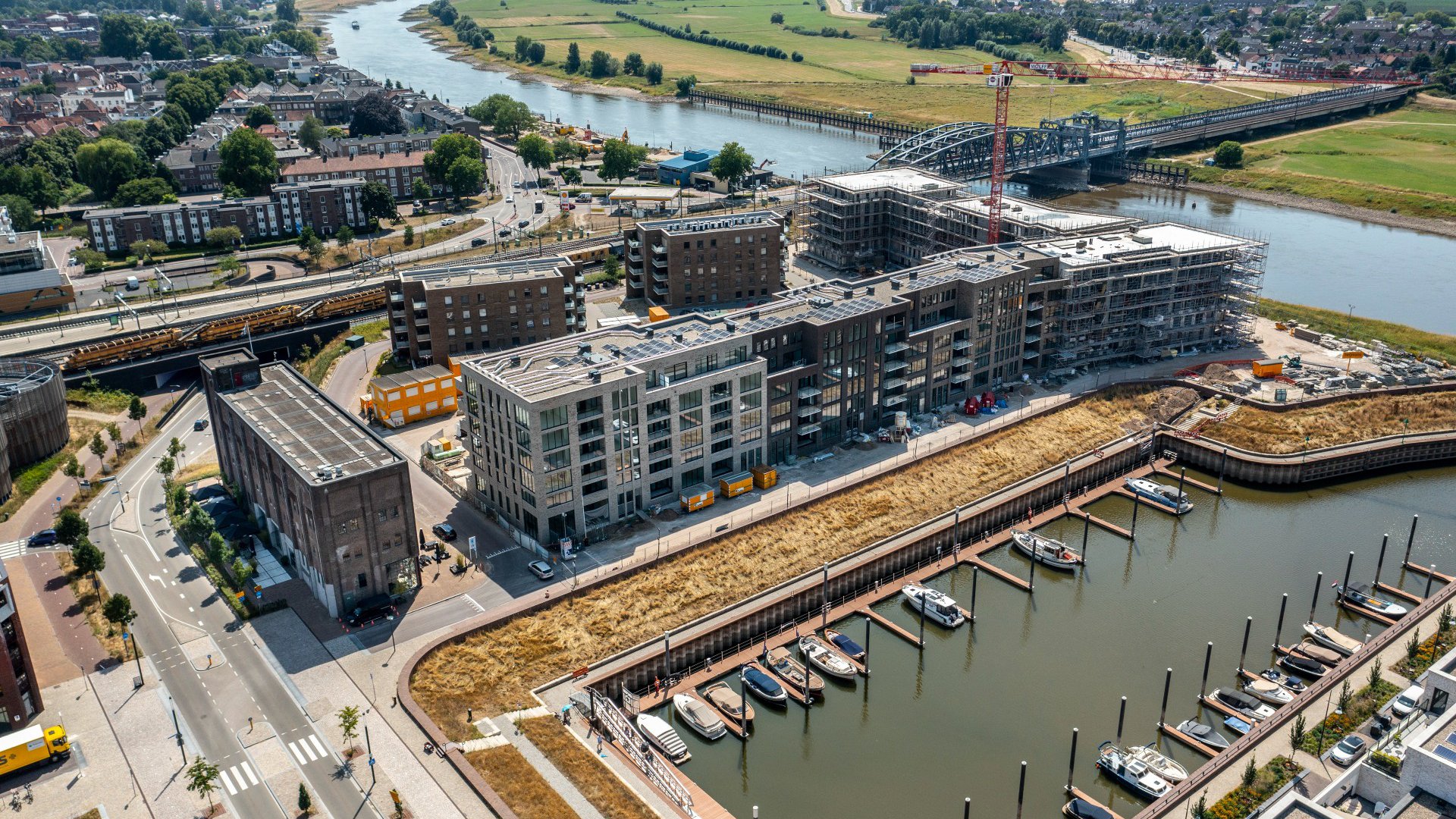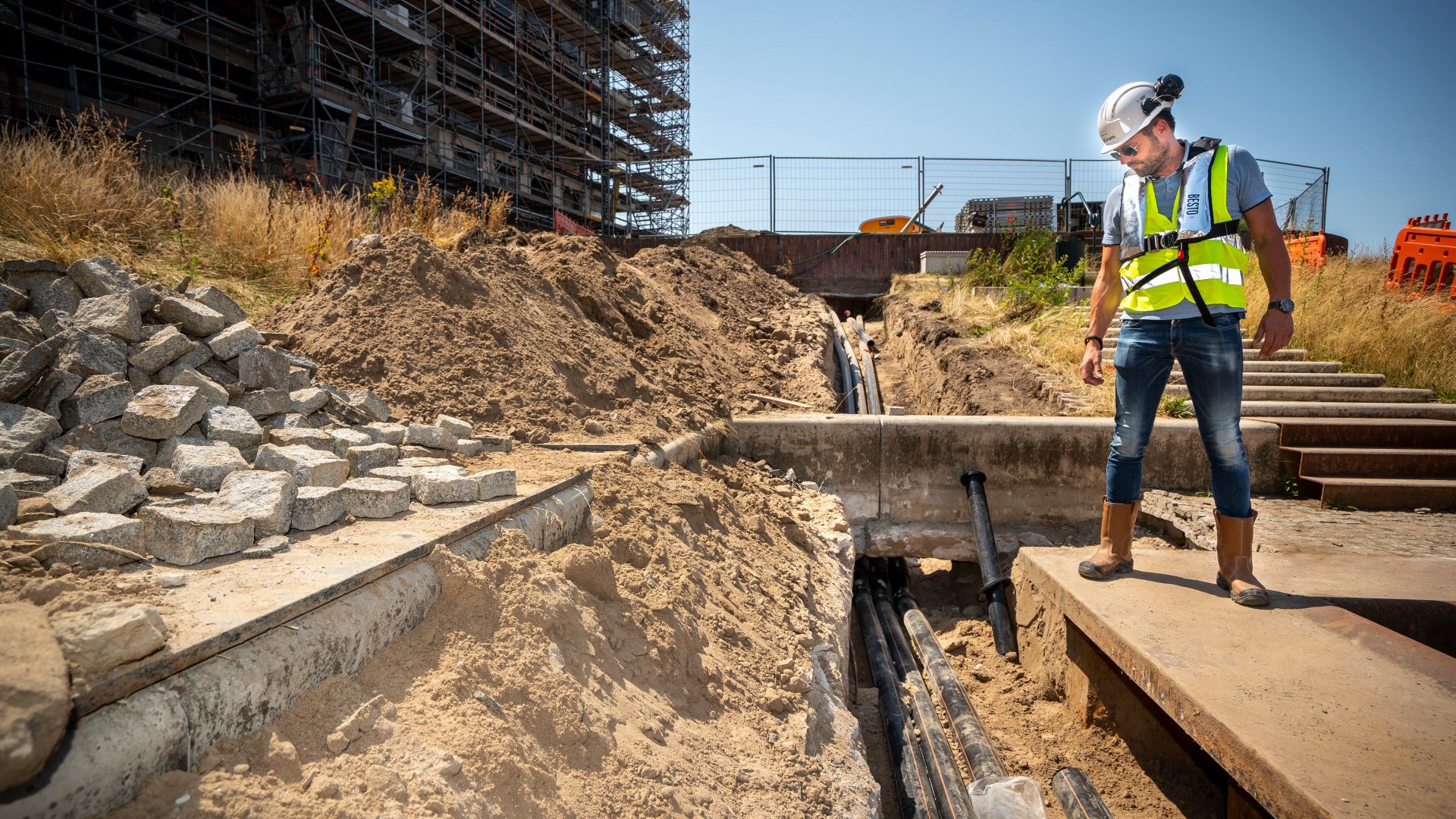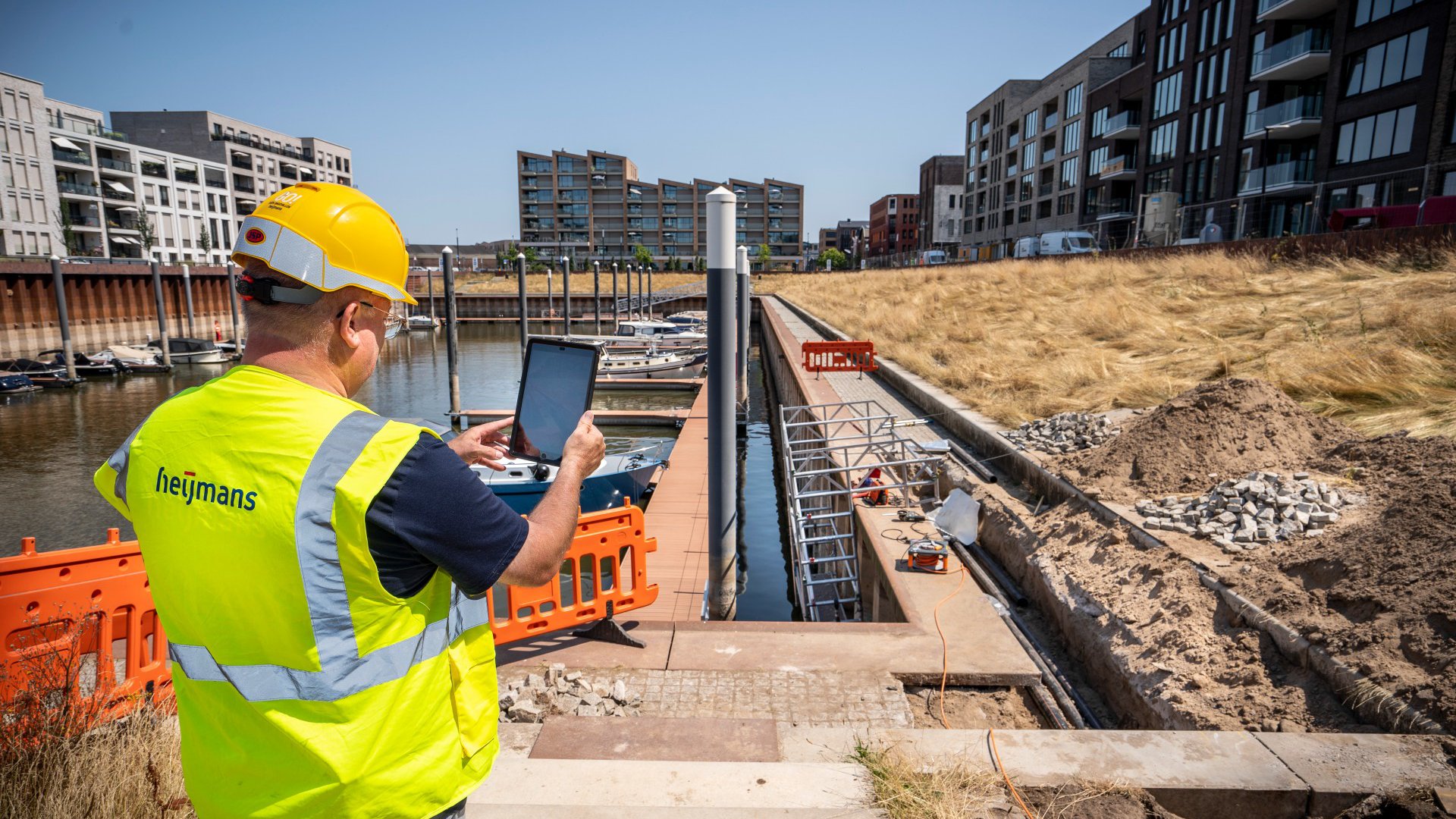
Below the water level of the Noorderhaven harbour, there is a submersible pump that pumps water from the IJssel river to the adjacent apartment complex. In the technical area of the complex, the heat or cold from this water is used to supply energy to the residents. Realisation project manager Barry Jonker explains how this Thermal Energy from Surface Water (TEO in Dutch) system is contributing to the energy transition.
Pretty soon, you won’t see or hear it from the Noorderhaven quay, but this is where Heijmans is installing a TEO system. Barry Jonker is leading the development of this smart solution at the Heijmans Energy business unit. He and his colleagues develop, realise, maintain and operate energy facilities for area developments. Their ambition is to use smart technology to combine the generation and distribution of energy with other tasks to accelerate the energy transition.
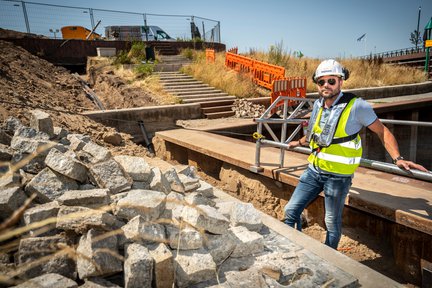
Complement
The submersible pump sinks via a guide rail on the sheet pile wall until it hangs close to the bottom of the harbour, while the pipes disappear under the paving. “The TEO system complements the thermal energy storage system that residents use to heat and cool their homes,” Barry explains. “The thermal energy storage system pumps hot and cold water from sources about 70 metres deep. But the amount of hot and cold energy in the underground sources has to remain balanced. If an imbalance develops at any time in the year, this triggers the TEO system. This then pumps water to the central technical area of the apartment complex, where the heat or cold is transferred to the hot or cold source. Gravity then takes the water back through the pipes into the harbour.”
In balance
“We call the TEO a regeneration system, which we use to restore the imbalance in the ground in a sustainable way. For example, if a lot of heat is extracted from the sources in winter, we can top that up in the summer using the heat we extract from the waters of the Ijssel river,” says Barry. The TEO and the thermal energy storage system are linked, so the TEO system switches on and off automatically, depending on the river temperature, the outside air temperature and the need for heat and cooling.
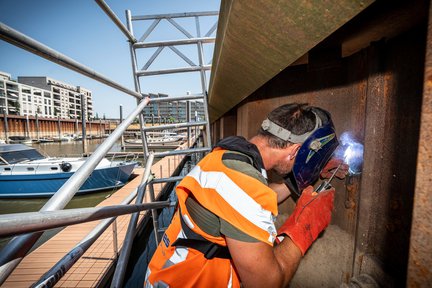
Comfortable
Previously, this imbalance was solved using a so-called dry cooler, a large fan on the roof that extracts heat from the outside air. The TEO system used in Zutphen is completely sustainable, quiet and invisible. “The submersible pump hangs slightly above the bottom of the harbour, so you don’t hear it at all, even above the water,” says Barry. This means that residents do not see or hear this solution, which gives them a home with a comfortable indoor climate.
“TEO systems are still not used much, but they can balance energy supply in a sustainable way,” Barry adds. “Working with the other stakeholders, the Ministry of Public Works and Waterways (Rijkswaterstaat), the water board and the municipality of Zutphen, we have created a great sustainable system, which will certainly be emulated in other Heijmans projects.”
